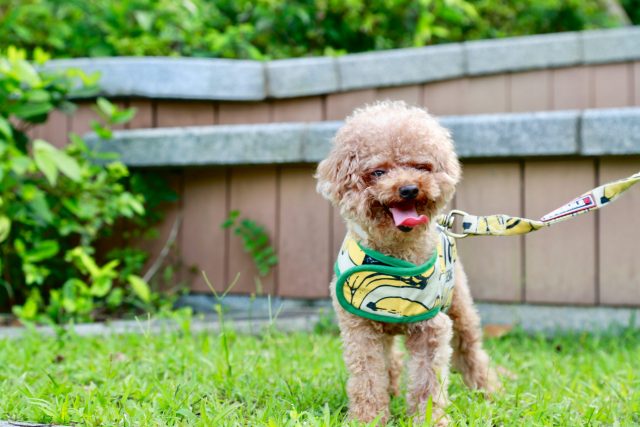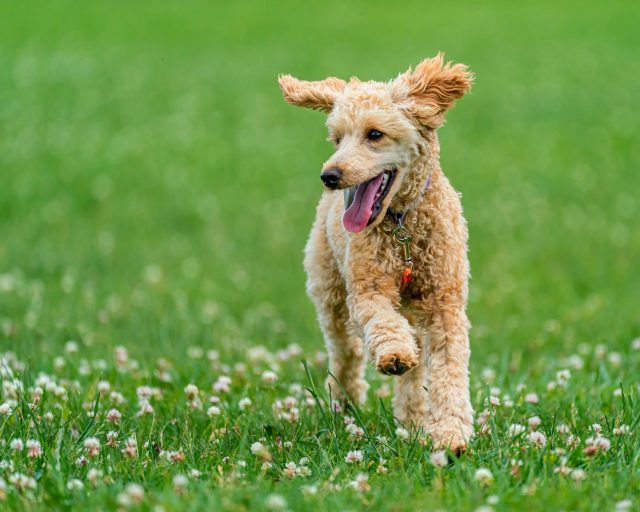10 signs your dog thinks they’re your boss

Dogs are often considered loyal companions, always following their owner’s instructions. However, the dynamic can sometimes change and the dog may begin to believe they are in charge. This can lead to many behavioral problems and disruptions in the balance of your relationship. Recognizing these signs early can help you address and correct the behavior, ensuring a harmonious and respectful relationship with your dog. This article explores ten signs that your dog thinks they are your boss. By understanding these behaviors, you can take steps to reestablish your leadership role and maintain a healthy dynamic with your furry friend.

1. Ignore commands
One of the clearest signs that your dog thinks he’s boss is when he consistently ignores your commands. If your dog continually ignores basic commands like “sit,” “stay,” or “come,” it shows a lack of respect for your authority. This behavior can be annoying and dangerous, especially when obedience is important for their safety. Augmenting training with positive and consistent reinforcement can help reset your leadership abilities.
2. Pull the chain
When walking your dog, if they are constantly pulling on the leash and leading the way, it is a sign that they are feeling in control. Dogs that think they are the boss will try to dictate the speed and direction of the walk. This behavior shows dominance and can make walks more stressful and less enjoyable for both of you. Training your dog to walk politely on a leash, using techniques such as stopping when they pull or changing direction, can help overcome this problem.
3. Demands attention
Dogs that demand attention on their own terms, such as petting you, barking for attention, or nudging you repeatedly, are displaying bossy behavior. They are signaling that they want instant gratification and expect you to comply. While paying attention to your dog is important, it should be on your terms. Ignoring demanding behavior and rewarding calm, patient behavior can help your dog understand that he is not in charge.
4. Protect resources
Resource guarding is a common sign of dominance. If your dog growls, snaps, or becomes aggressive when you approach their food, toys, or resting area, they are asserting control over these resources. This behavior can be dangerous and should be addressed promptly. Teaching your dog to be comfortable with you handling their resources through positive reinforcement and desensitization techniques is important to managing this problem.
5. Refuse to move
A dog who refuses to move from a spot, such as the bed or couch, when you ask him to is displaying dominance behavior. This can be especially troublesome if the dog blocks your path or takes things out of bounds. Reinforcing boundaries and consistently using commands to move them away from these positions can help assert your authority. Making sure your dog has his own comfortable space can also reduce territorial behavior.
6. Jump on people
Jumping on people is a sign of excessive excitement and dominance. A dog that jumps up to greet people is trying to assert dominance and lacks basic manners. This behavior can be scary or even dangerous, especially for children or the elderly. Training your dog to greet people politely, such as sitting calmly when being petted or given a treat, can help reduce this behavior and strengthen your leadership abilities.
7. Excessive barking
Excessive barking, especially if directed at you or others in the household, may indicate that your dog thinks he or she is in charge. Barking to request something, such as food or attention, shows that they expect immediate compliance. Teaching your dog the “quiet” command and rewarding silence can help curb excessive barking and reestablish your leadership role.
8. Invasion of personal space
A dog that repeatedly invades your personal space without invitation is displaying dominance. While it is normal for dogs to seek closeness with their owners, doing so in a way that disregards your space and comfort can indicate that they see themselves as the boss. Setting boundaries, such as designated areas where your dog can and cannot go, and respecting your personal space can help resolve this issue.
9. Don’t let you out of their sight
While some dogs are naturally attached to their owners, a dog that constantly follows you everywhere and becomes anxious when separated may be displaying disguised dominance. in the form of separation anxiety. They feel the need to always monitor and control your actions. Gradually training your dog to be comfortable with short periods of separation and reinforcing independence can help reduce this behavior.
10. Show aggression
Aggressive behavior, whether toward you, other people, or animals, is a clear sign of dominance. Growling, biting, or snapping are serious behaviors that indicate your dog believes they are in control. Addressing aggressive behavior requires professional training and behavior modification techniques. Consulting with your veterinarian or a professional dog trainer can provide the guidance needed to correct aggressive behavior and reestablish your leadership.

Recognizing these signs that your dog thinks he is the boss is the first step to correcting his behavior and re-establishing your leadership role. You can create a more balanced and respectful relationship with your dog by addressing issues such as ignoring commands, pulling on the leash, demanding attention, and resource guarding. Consistent training, positive reinforcement, and setting clear boundaries are essential to maintaining a healthy dynamic. Understanding and addressing these behaviors will ensure a happier, more harmonious relationship with your furry friend.




